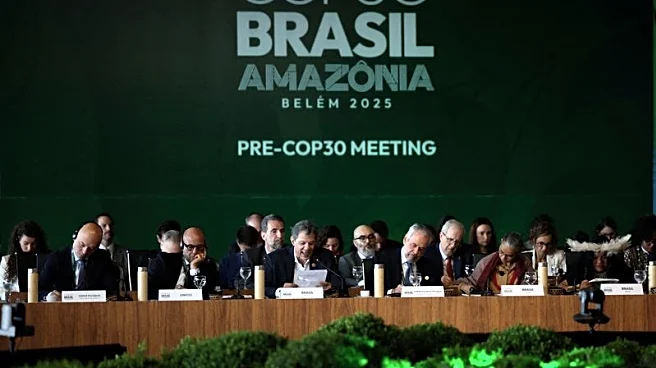What's Happening?
Sugar prices have plummeted to a five-year low, driven by a global surplus and a shift in production priorities due to low oil prices. The surplus is expected to reach 1.98 million tons in the 2025/26 season, contrasting with a previous deficit. This
has led sugar mills, particularly in Brazil and the U.S., to favor sugar production over ethanol, as the latter's demand has decreased with falling oil prices. Additionally, European Union manufacturers are increasingly using sugar alternatives, further reducing demand. The market is currently skewed towards short sugar contracts, which could lead to price reversals as traders adjust their positions.
Why It's Important?
The decline in sugar prices has significant implications for global markets and industries reliant on sugar. For manufacturers, this presents an opportunity to lock in low prices through long-term contracts, potentially insulating them from future price spikes. However, the bearish market conditions could lead to volatility, affecting traders and producers. The situation also highlights the interconnectedness of global commodity markets, where changes in oil prices can influence agricultural production decisions. As sugar prices are expected to rise gradually over the next nine to twelve months, stakeholders must remain vigilant to market shifts and external factors such as weather patterns and international trade dynamics.
What's Next?
Sugar prices are anticipated to increase gradually over the next year, although the market remains bearish. Factors such as adverse weather conditions during harvesting and potential trade agreements, particularly between the U.S. and China, could impact prices. Manufacturers are advised to secure long-term contracts while prices are low to mitigate future risks. The situation underscores the need for strategic planning in commodity procurement and the importance of monitoring geopolitical and environmental developments that could affect supply and demand.














